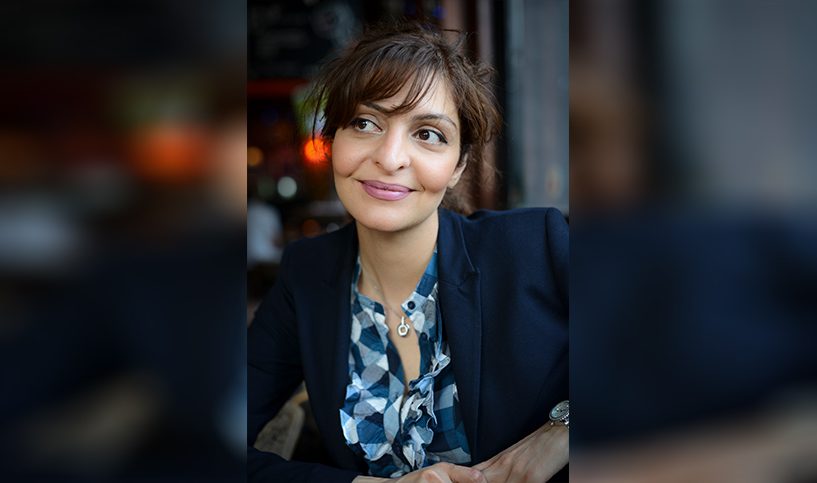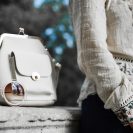Capturing the myriad colors of Persian food, in recipes and, recollections, food writer and photographer, Atoosa Sepehr’s cookbook is an ode to the enchanting flavors from a Persian kitchen. Filtered through a lens of memory, it draws on a childhood spent in the family’s kitchen.
She inherited the cooking gene from her mother. Her story does not start with a culinary school, but her mom’s kitchen. Born and brought up in Iran, Atoosa Sepehr relocated to the United Kingdom in 2007.Outside her day job, Atoosa started cooking and recreating many of the dishes she grew up eating back home in Isfahan.
Cooking was her idea of happiness. She star ted inviting her friends and colleagues to taste her creations, rooted in Iran. The feedback and adulation that Atoosa received, gave her the confidence to quit her job and work on her debut cookbook: From a Persian Kitchen. It’s a book which is already listed as a Gourmand World Cookbook 2019 finalist and has also been declared as Best Food Book of the Year by The Irish Times. The book, a richly evocative memoir, contains simple and delightful Persian recipes that are easy to follow, and should be in every home cook’s repertoire.
bazaar’s Deepa Pant caught up with Atoosa Sepehr to talk about her book, Persian meals and moments. Read on to learn more about the author.
Your debut cookbook hit the stands in September of 2018. It already is a Gourmand World Cookbook 2019 finalist. How does it feel?
It feels great! I have always wanted to write a cookbook that celebrates all of the fresh and local ingredients that we use back home in Iran.
When I started writing the book, I didn’t think this far ahead, I just wanted to write a book that was visually pleasing to the eye and, most impor tantly, contained easy-to-follow recipes of authentic Persian food.
You’ve embarked on an unconventional career: from an engineer to a consultant to an accountant to being author of ‘From a Persian Kitchen’.
Why did you decide to write this book? Can you please speak of your journey?
I have always loved food but I never had the opportunity to explore this interest as a career. Growing up in Iran, I always wanted to be considered equal to men, so I decided to work in a male-dominated field (import and export), where I was quite successful. However, I ended up in a bad marriage and I decided to move to the city of London and although I settled into my new environment quite well, I began to miss the food of my home country, which I began to cook regularly in my new home in north London. At the same time, I began experimenting with photography. So, combining these two interests, I decided to write a Persian cookbook.
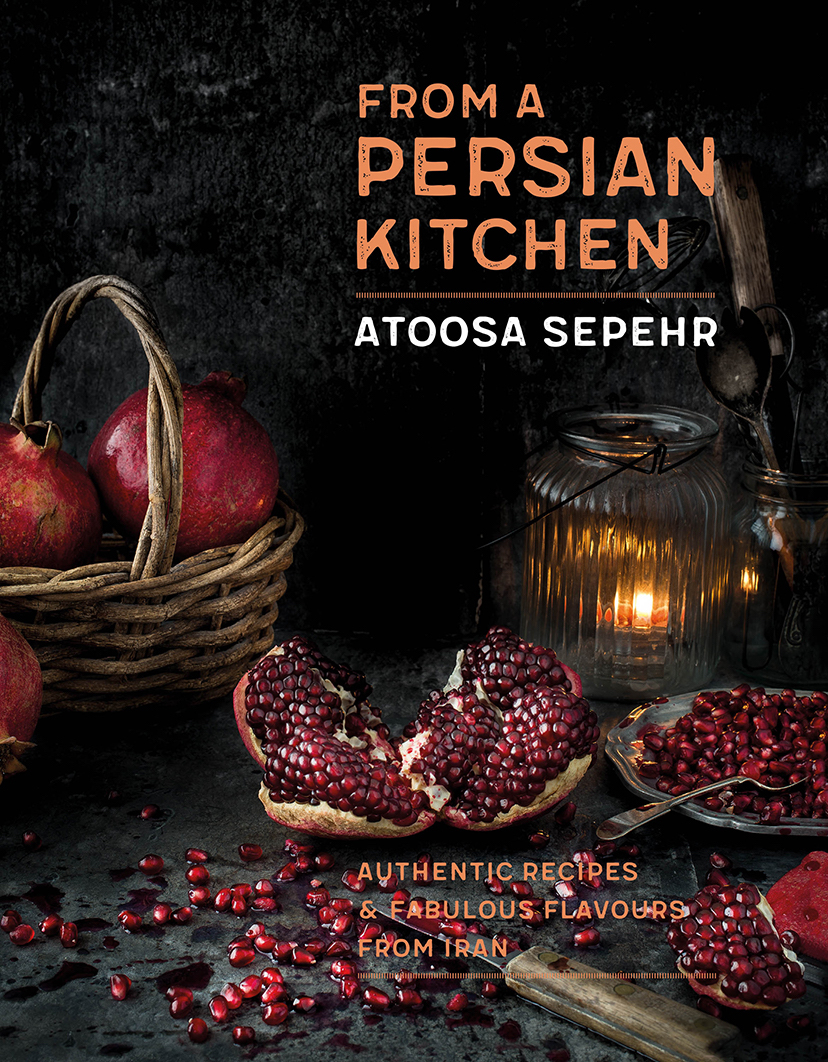
Kitchen memories are interspersed throughout your book, whether you speak of Persian Omelette or Prawns with caramelized onion, potatoes and saffron. You tend to mention your mother and grandmother a lot in the book. How difficult was the process of writing this book and to recreate the incredible Persian flavors in your London kitchen?
I was always surrounded with good food. Moving to London was great in so many ways but the downside was that I was missing my family a lot. One thing that made me feel close to my family was food and so I began to recreate many of the dishes
I grew up eating in my parent’s kitchen in the city of Isfahan. Cooking this familiar food became an important part of my daily routine and I spent a lot of time on phoning my mom to learn new recipes and new cooking methods, which, in turn, would serve to inform my book.
Your book is full of impeccable photographs of luscious dishes that aptly convey the beauty of Persian cuisine. How did you manage to take such stunning photographs, especially when you say that you had no prior knowledge of photography?
When I decided to create my book, I made the decision to include interesting photographs that would complement the dishes in the book. I asked my friend to teach me the technical aspects of photography and, drawing on my knowledge of still-life painting, which I had studied in Iran, I began to experiment in my sitting room. Before long, I had quite a large collection of photographs that were primed for print. It was hard work because for each image I had to cook the food in my kitchen and then bring it to my sitting room where I had my studio set up and then spend often many hours getting the right shot.
How did you manage to adapt traditional Persian recipes to tastes to the Western palate?
Persian food is so aromatic and despite the use of a wide range of spices, it is quite mellow in taste and is not dominated by any one single flavour. Paradoxically, Persian food is quite different from other types of food and yet somehow tastes familiar, so, most people in the West who try Persian food for the first time seem to enjoy it and are open to the new flavors.
What’s your most favorite recipe in the cookbook?
I love them all like they are my children and so it is not easy for me to choose one! However, if I had to pick one I would probably say Persian noodle and herbs soup (ash-e reshteh).
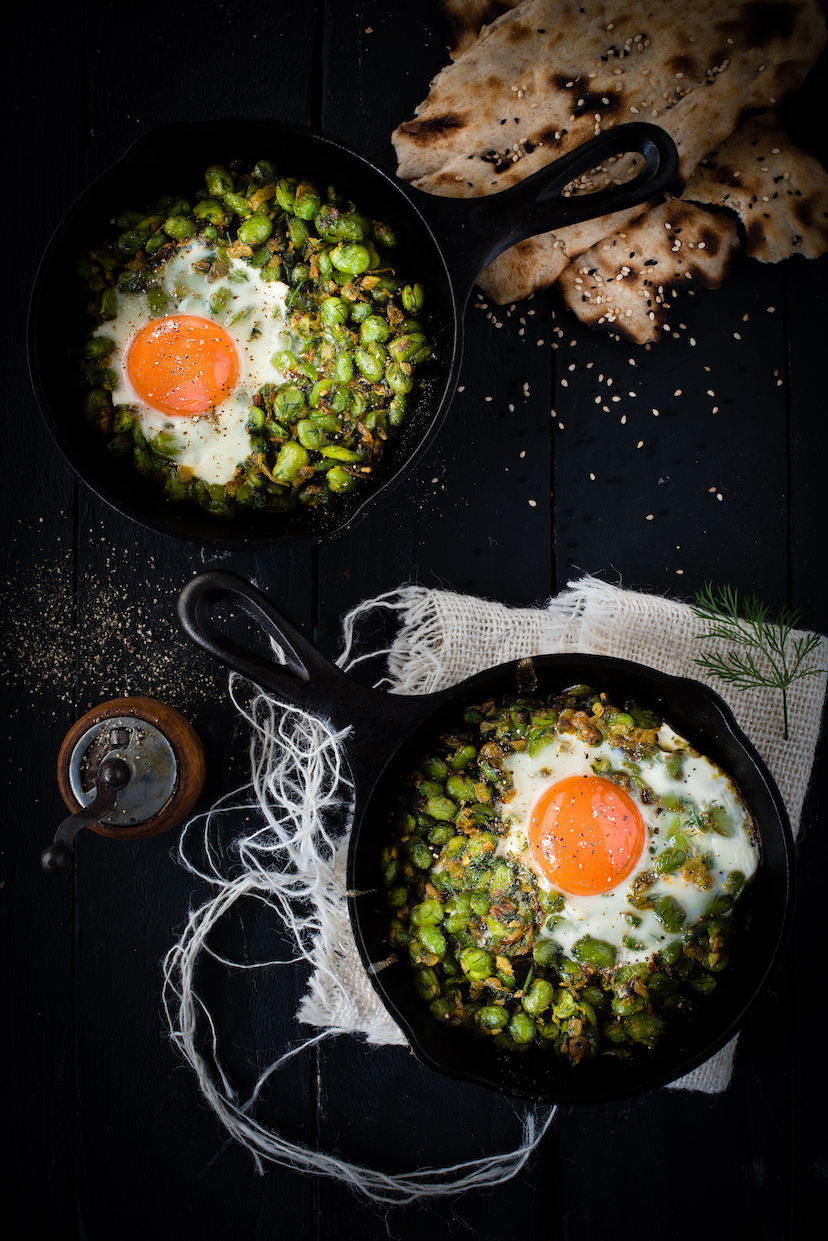
What’s one recipe anyone – even someone who’s no MasterChef – can nail in your book?
Persian dal (dal adas), it is easy to make, so flavorful and healthy.
If you were having a dinner party and you could invite any five people, living or dead, who would your guests be?
Comic actor and filmmaker Charlie Chaplin, the 13th Century Iranian poet Rumi, English novelist Jane Austen, American singer, songwriter and pianist Nina Simone, and my partner (with his guitar).
What was the first cookbook what really inspired you?
My mother gifted me an old notebook some years ago that contains myriad wonderful Iranian recipes, which in turn were handed down to her, from her mother.
Do you think the cookbook, as a form is here to stay, given the rise of blogs and food television?
I believe that cookbooks will always go on to co- exist with blogs, TV food programs, food apps, and other innovations in the food space.
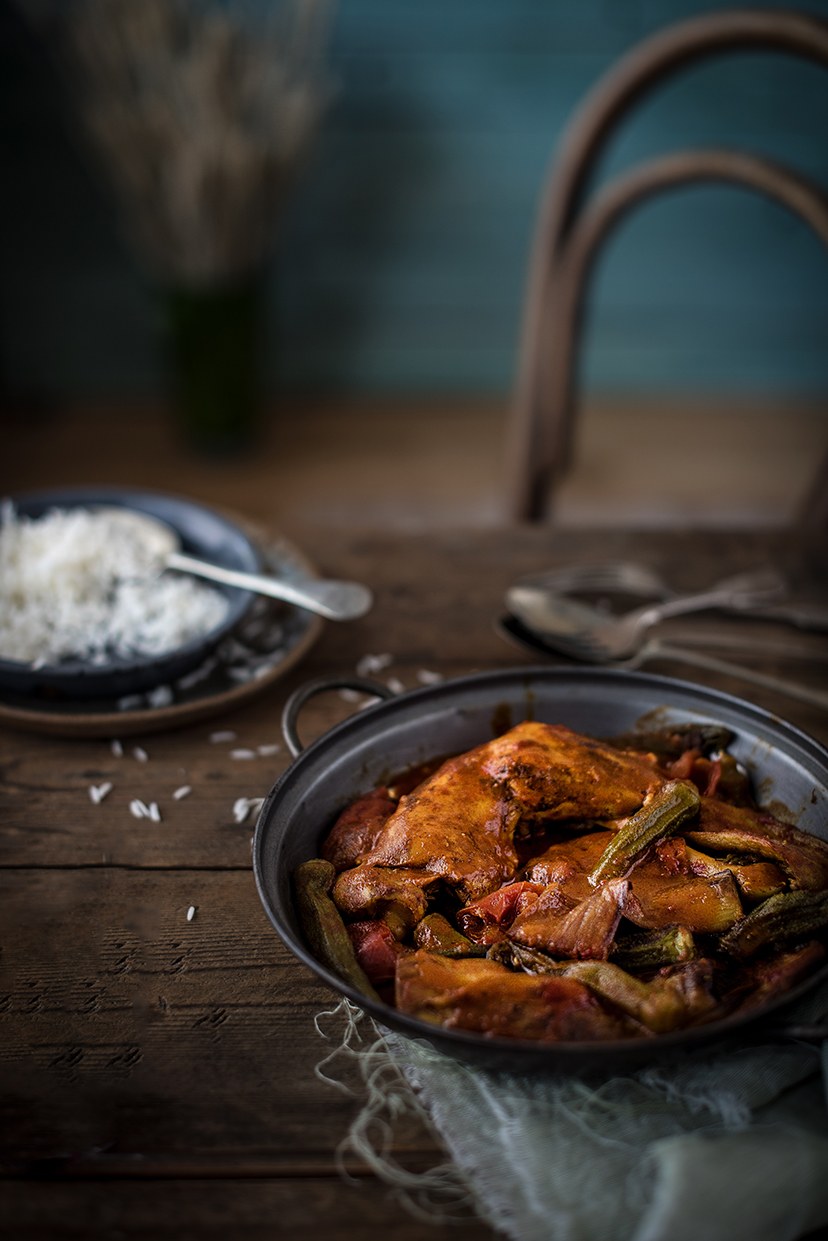
What’s your signature dish?
Rice with broad beans and dill with lamb shanks (baghali polow ba mahiche).
If your current self could give your past self one sage baking/cooking advice, what would it be?
Have no fear while using different ingredients, experiment and don’t worry if things go wrong. Mistakes are an important part of learning.
For more information on Atoosa Sepehr, please visit her website at www.atoosasepehr.com and follow her on Instagram @_atoosasepehr. Image credit: Atoosa Sepehr.



